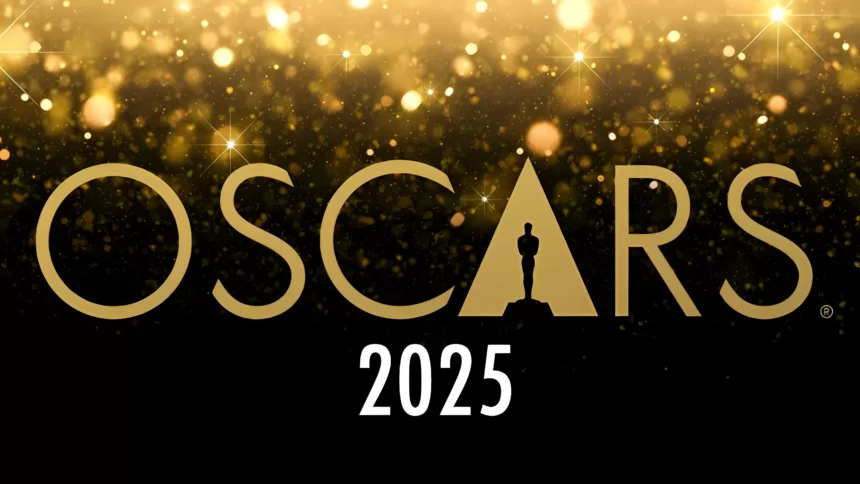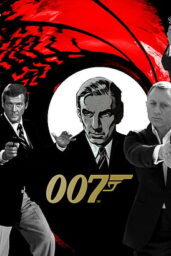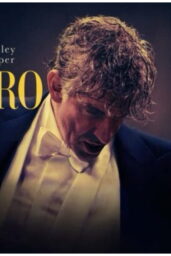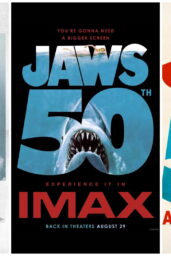This year's Academy Awards season promises its usual mix of drama and celebration, but with a contentious twist. Of the 323 feature films vying for eligibility, a staggering 116 – over 36% – are excluded from Best Picture consideration. The disqualifications are not mere formalities but signal a significant shift in Hollywood's ethos, driven by the Academy's commitment to diversity and inclusion.
The Representation and Inclusion Standards (RAISE), now in their second year, have raised the bar for eligibility, ensuring that films competing for the top prize reflect the evolving landscape of cinematic storytelling. However, not all filmmakers have embraced this change. Some chose not to meet the benchmarks, while others failed despite their efforts.
What Are These New Standards?
The RAISE guidelines were introduced in 2021, requiring films seeking Best Picture eligibility to satisfy at least two of four criteria focused on on-screen representation, creative leadership, industry access, and audience development. These rules aim to amplify marginalized voices in an industry historically dominated by a narrow demographic.
While the intention is noble, the execution has sparked debate. Critics argue the guidelines may discourage certain types of storytelling, while supporters view them as overdue progress.
Who Didn't Make the Cut?
Among the disqualified films are commercial hits like Madame Web and Sonic 3, which were unlikely to aim for Best Picture contention. However, notable exclusions include Andrea Arnold's evocative Bird, Anna Kendrick's directorial debut Woman of the Hour, and Michael Keaton's introspective drama Knox Goes Away. These films, while artistically compelling, failed to meet the RAISE benchmarks.
A Closer Look at the Impact
The disqualifications raise broader questions about the purpose of awards. Are they a celebration of artistic excellence, a platform for social progress, or both?
For films like Bird and Knox Goes Away, exclusion feels bittersweet. These works push the boundaries of storytelling but do not tick the necessary boxes. On the other hand, the Oscars have historically snubbed many deserving films for reasons unrelated to inclusion, so perhaps this is simply a continuation of a familiar pattern in a new guise.
What Does This Mean for the Future of Cinema?
The Academy's pivot towards representation is reshaping Hollywood. Filmmakers may feel encouraged to create more inclusive projects, but the road ahead is fraught with challenges. Will these benchmarks inspire genuine change or lead to tokenistic box-checking?
This year's exclusions highlight the growing pains of an industry striving to redefine itself. As audiences, we must grapple with our expectations of awards shows and the stories they honor.
Personal Impressions: The Oscars have always been a battleground of art and politics, but the introduction of the RAISE benchmarks makes that tension more explicit. While I admire the Academy's push for inclusivity, I worry about the unintended consequences. Will brilliant films like Woman of the Hour fade into obscurity because they don't fit the mold? Conversely, could this spark a new wave of creativity as filmmakers rise to the challenge?
As someone who cherishes cinema's ability to unite diverse perspectives, I'm torn. The disqualified films deserve recognition, yet I'm hopeful this initiative will ultimately broaden the narrative scope of Hollywood.
Do you think the Academy's diversity benchmarks are a step in the right direction, or do they risk overshadowing artistic freedom?












